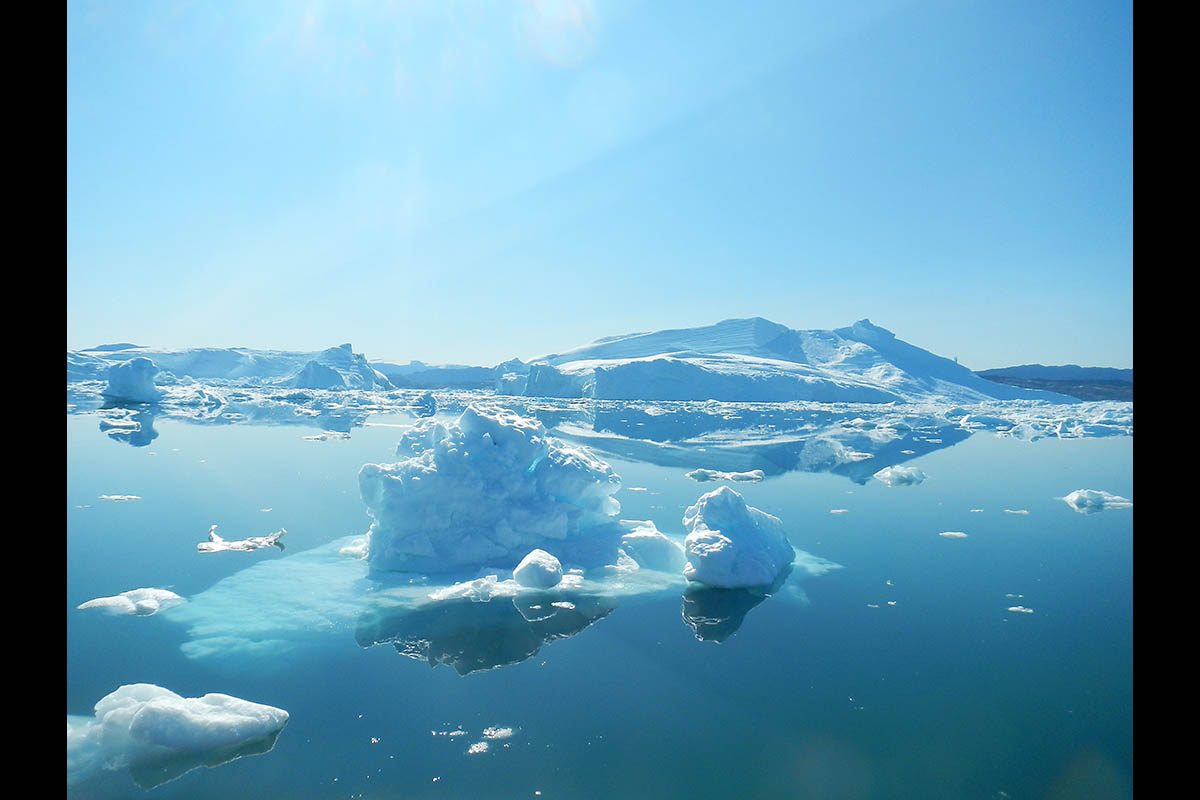Warmer ocean waters are speeding up the rate at which Greenland’s glaciers are melting and calving, or breaking off to form icebergs. This is causing the glaciers to retreat toward land, hastening the loss of ice from Greenland’s Ice Sheet. (NASA/JPL-Caltech)
Home Warmer ocean waters are speeding up the rate at which Greenland’s glaciers are melting and calving, or breaking off to form icebergs. This is causing the glaciers to retreat toward land, hastening the loss of ice from Greenland’s Ice Sheet. (NASA/JPL-Caltech) Warmer ocean waters are speeding up the rate at which Greenland’s glaciers are melting and calving, or breaking off to form icebergs. This is causing the glaciers to retreat toward land, hastening the loss of ice from Greenland’s Ice Sheet. (NASA/JPL-Caltech)



